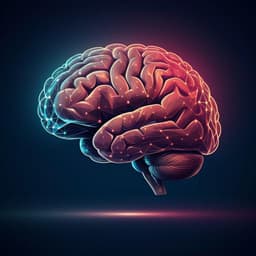
Psychology
Three major dimensions of human brain cortical ageing in relation to cognitive decline across the eighth decade of life
S. R. Cox, M. A. Harris, et al.
This longitudinal study reveals fascinating insights into brain cortical aging patterns among older adults, highlighting significant correlations between cortical atrophy and cognitive decline. The research, conducted by S. R. Cox and colleagues, identifies distinct dimensions of atrophy that can differentiate lifelong patterns from age-specific changes.
~3 min • Beginner • English
Related Publications
Explore these studies to deepen your understanding of the subject.







